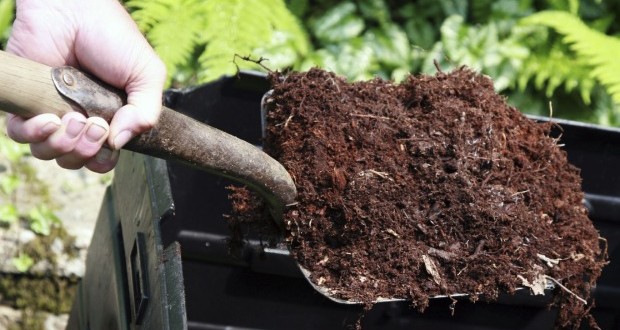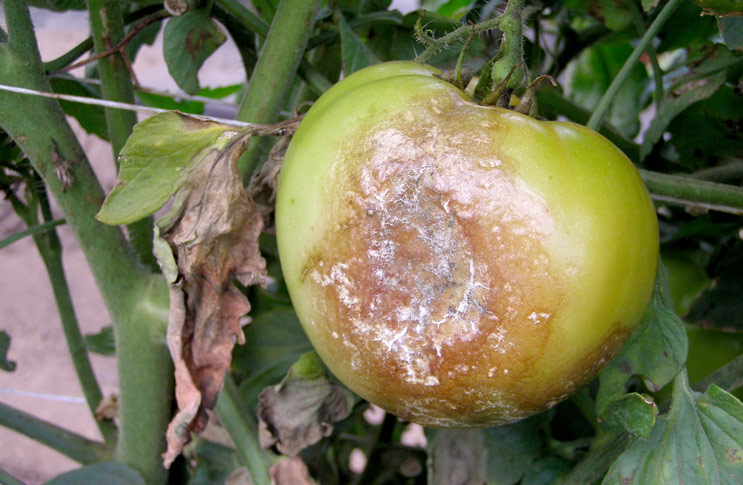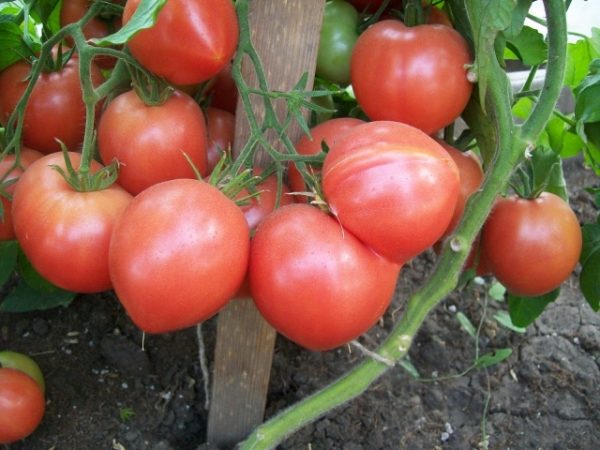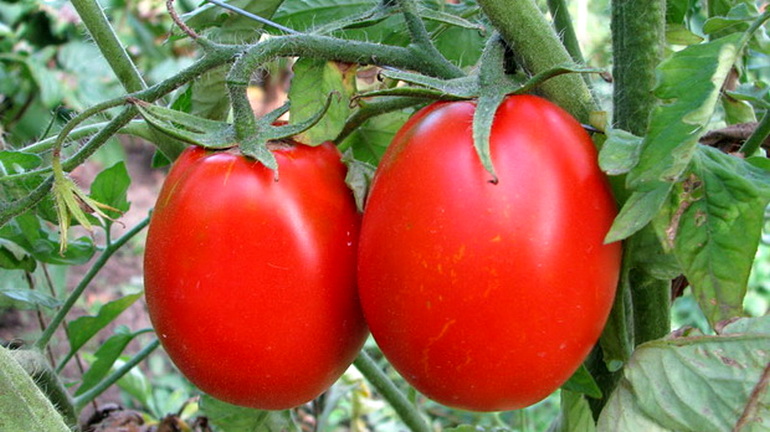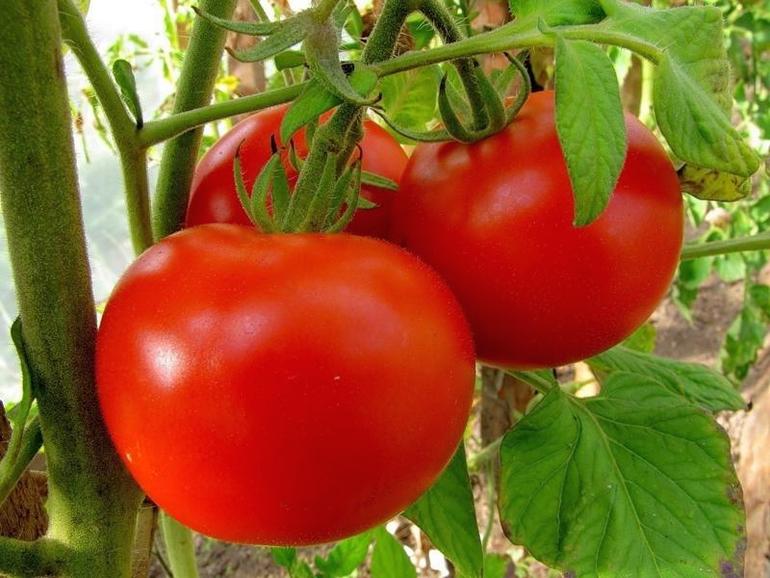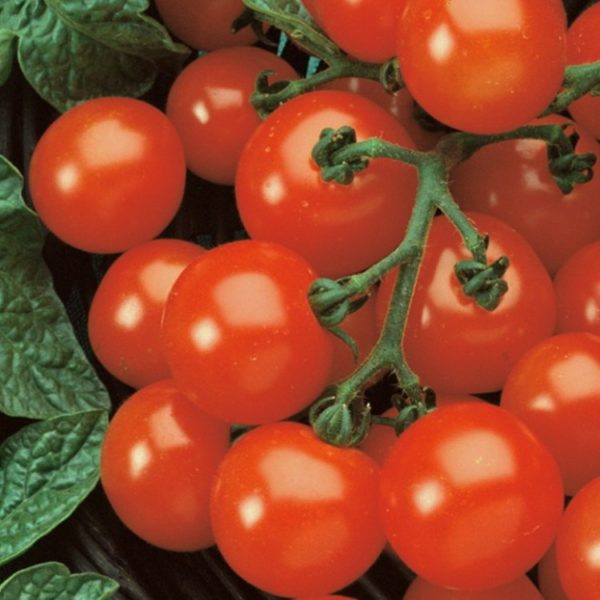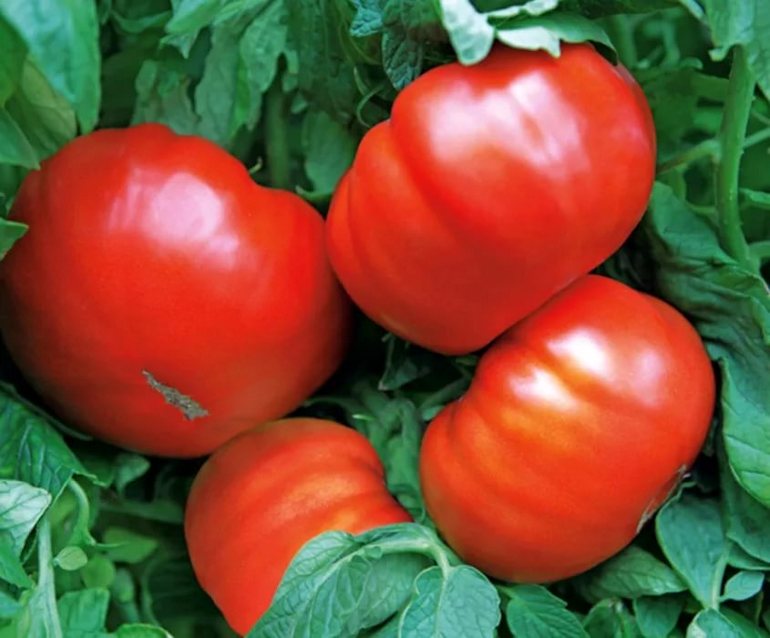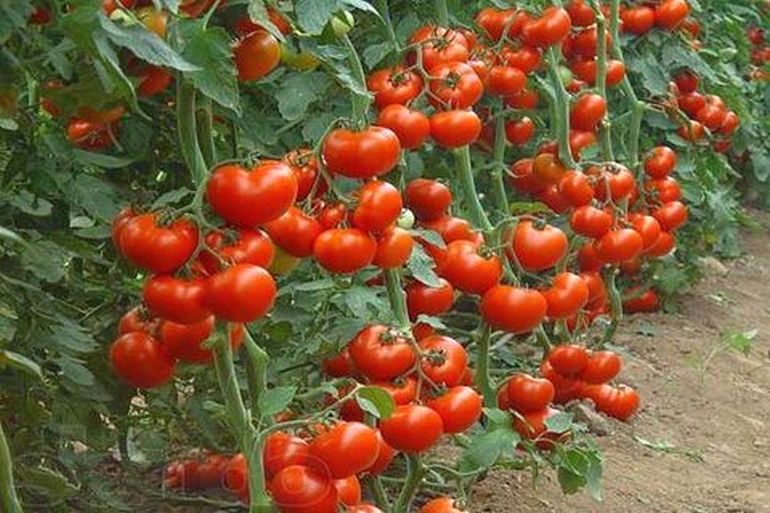Content:
Growing tomatoes on their site, many prefer unpretentious proven varieties. One of these varieties, bred by Dutch breeders, is the Benito tomato - beautiful and disease resistant.
Benito tomato: description and characteristics
The mid-season Dutch hybrid has an attractive appearance, a small bush with bright plum fruits. If we talk briefly about the Benito tomato, the characteristics and description of the variety, it is a high-yielding, mid-season hybrid.
The Benito tomato bush has the following description: the height is small, up to 60 cm, the landscaping is medium. The leaf is large, drooping. From germination to technical maturity, it takes from 95 to 113 days, depending on weather conditions and the place of cultivation.
With proper care and free planting, up to 25 kg of fruit can be obtained from a square. From one bush, the yield is up to 8 kg.
Fruit
Complete fruit characterization
| P / p No. | Index | Description |
|---|---|---|
| 1 | Brush | 5 - 7 fruits |
| 2 | Fruit size | Middle |
| 3 | Colour | Deep red |
| 4 | Weight | 100-140 g. |
| 5 | Skin | Dense, elastic |
| 6 | Taste | Good, sweet |
| 7 | Pulp | Dense |
| 8 | Wateriness | Low |
| 9 | Seeds | Small, a little |
| 10 | Dry matter | Up to 4.8% |
| 11 | Sugar | Up to 2.4% |
| 12 | Yield | High |
| 13 | Keeping quality | Good |
Due to the good keeping quality, the fruits are plucked still green and left to ripen. Can be transported over long distances. The elastic and dense skin is a reliable protection against mechanical damage.
The use of the fruit is varied. They are equally well suited for preparing fresh salads and for canning. Used in soups and other hot dishes, it is an excellent base for making tomato juice or puree. They are well preserved as a whole, since the elastic skin retains its integrity even during heat treatment.
Agrotechnics
Dutch Benito tomatoes for universal use, grow equally well both in the greenhouse and in the open field. They are well adapted for growing in the Siberian and Ural regions, and therefore have gained great popularity there. They are also successfully grown in the Black Earth Region and the Far East.
Seedling care
Due to the rather rapid growth, seeds are sown for seedlings in the first and second decades of March. For successful germination, they practice seed treatment with growth stimulants or use aloe juice for these purposes. The seeds do not need disinfection, their complete processing takes place even before packing.
The soil requirements are minimal, the main thing is that it is nutritious and light. For seedlings, a special soil is prepared, which consists of a mixture of garden soil and peat. Peat can be replaced with humus. In such land, seeds are planted to a depth of 2 cm.
Instead of watering, the soil is sprayed with warm water, after which the containers with seedlings are covered with foil or packed in a plastic bag to maintain moisture.
As soon as the first shoots appear, it is immediately necessary to provide access to the sun's rays. The lighting should be bright. If it is not possible to provide sufficient natural light, lamps can be used.
Seedlings require periodic watering, flooding is not allowed. Watering is carried out at the root. Small plants can be sprayed with a machine gun. When the first two true leaves appear, a pick is made. Each plant is planted separately.Subsequent care of the seedlings consists in feeding.
Disembarkation to a permanent place
When grown in a greenhouse, a tomato is planted in a permanent place in the second half of May. When grown outdoors - not earlier than early June, when the weather is already warm.
When properly grown, by this time the seedlings should be about 30 cm tall with a good root system and 6-7 leaves.
In the spring, it remains only to loosen the soil and make holes for seedlings. The distance between the bushes should be 50 cm, for ease of care and to ensure sufficient lighting, tomatoes are planted in a checkerboard pattern.
Basic care
After planting in a permanent place, the main care consists of regular watering, weeding, loosening and fertilizing. Gardeners note that, subject to the following conditions, the yield will be high:
- Watering every 7 days. Consumption rate per bush - from 3 to 5 liters. Watering is carried out in the morning or in the evening. During flowering and fruiting, the rate should be increased;
- Loosening is carried out after watering, trying not to damage the integrity of the root system;
- During the season, fertilizing is carried out with organic and mineral fertilizers. The first organic feeding is made 2 weeks after planting in a permanent place. The next one is 14 days after the first one. Further, mineral fertilizing is carried out.
Determinant hybrid F1 Benito is formed into one stem. The stem is strong, so tying is not required, stepsons must be removed in a timely manner. This must be done every 7 days. The rest of the care is to protect against pests and prevent the development of tomato diseases.
Major diseases
Although tomato is quite resistant to major diseases, no one can be completely insured. Therefore, it is imperative to know how to deal with major diseases and pests.
To prevent the development of late blight, along with foliar dressing, treatment with special preparations containing copper should be carried out. In order not to develop rot, you should not start the thickening of the plantings, you need regular airing, and phytosporin treatment will also help.
Of the main pests, the most dangerous are aphids, Colorado beetles, bear, thrips and slugs. For the timely detection of intruders, it is necessary to regularly inspect the bushes for the presence of pests.
Advantages and disadvantages of the variety
Growing a benito tomato on their backyard plots, gardeners revealed a number of positive qualities in it:
- Beautiful fruits;
- Good taste;
- Universal purpose of fruits;
- Resistance to the main diseases of tomatoes (fusarium, mosaic, verticillium);
- Compact bush;
- Simplicity of care.
The tomato gardeners who prefer determinate tomatoes with small sweet fruits will be especially interested.
Perhaps the only drawback of this variety is the impossibility of obtaining seeds on their own, which means that they will have to be purchased annually. There is also a weak resistance to apical rot and pillar.

